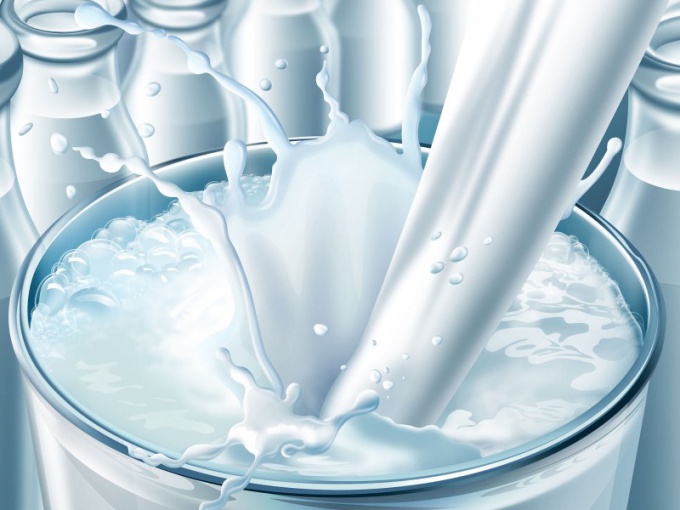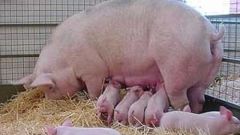You will need
- table of density of a substance.
Instruction
1
It argued that the weight of any liquid substances, the volume of which is equal to one liter corresponds to one kilogram. However, to verify this is confusing enough to remember a simple formula from school physics course: m=p*V, where m is the mass of the substance taken, p – density, V – volume. This formula clearly shows the direct dependence of the weight of the substance not only of its volume but also density. Therefore, it is impossible to translate the amount of the substance in weight, to be exact - liters into kilograms, as this is a completely different physical units. But it is possible to find out the mass of the substance fills this volume.
2
To translate liters into kilograms find its density. According to various sources the density of milk varies depending on the content in its composition of water, fat, skimmed milk solids from 1027 to 1032 kg/m3.
3
To obtain the average value of the density will add both values and divide the resulting number by two. The average value of the density of milk will be equal to 1029,5 kg/m3. Put a liter of milk in cubic meters (table data: 1 liter = 0,001 m3).
4
When substituting these values R=1029,5 kg/m3 and V=0,001 m3 in the formula: m=p*V (m=1029,5 kg/m3*0,001 m3), we get m=1,0295 kg.
So, one liter accommodates 1,0295 kg of milk.
So, one liter accommodates 1,0295 kg of milk.
Note
Only fresh water (R=1000 kg/m3) volume of one liter weighs one kilogram.
Useful advice
If you need to know about the capacity of a few liters of milk, you can use the following simple formula: N=n*m, where N is the total weight of substance (in Your case, milk), n is the number of units of the measured substance (liters), m – weight of substance in one liter (in kg).




